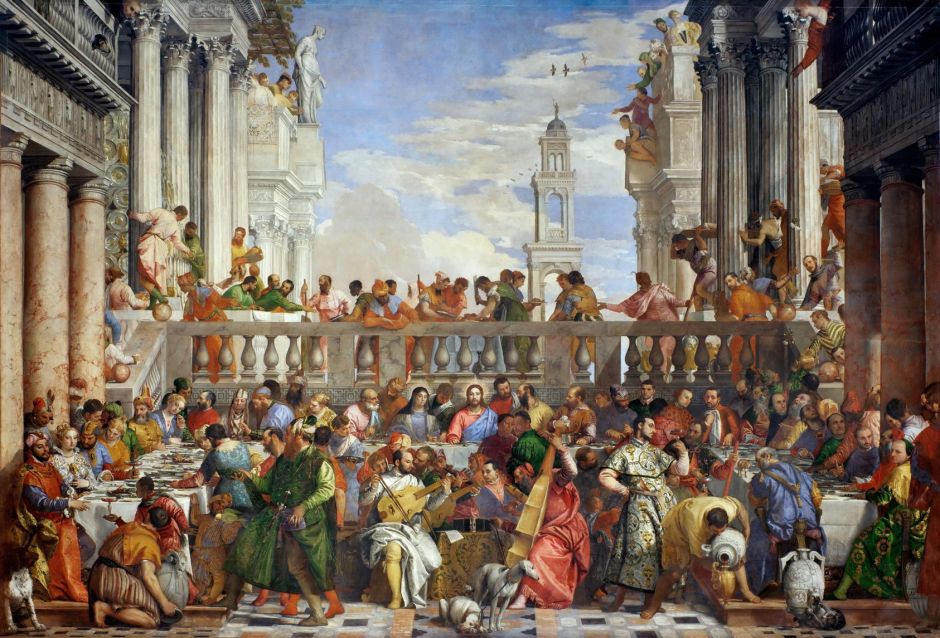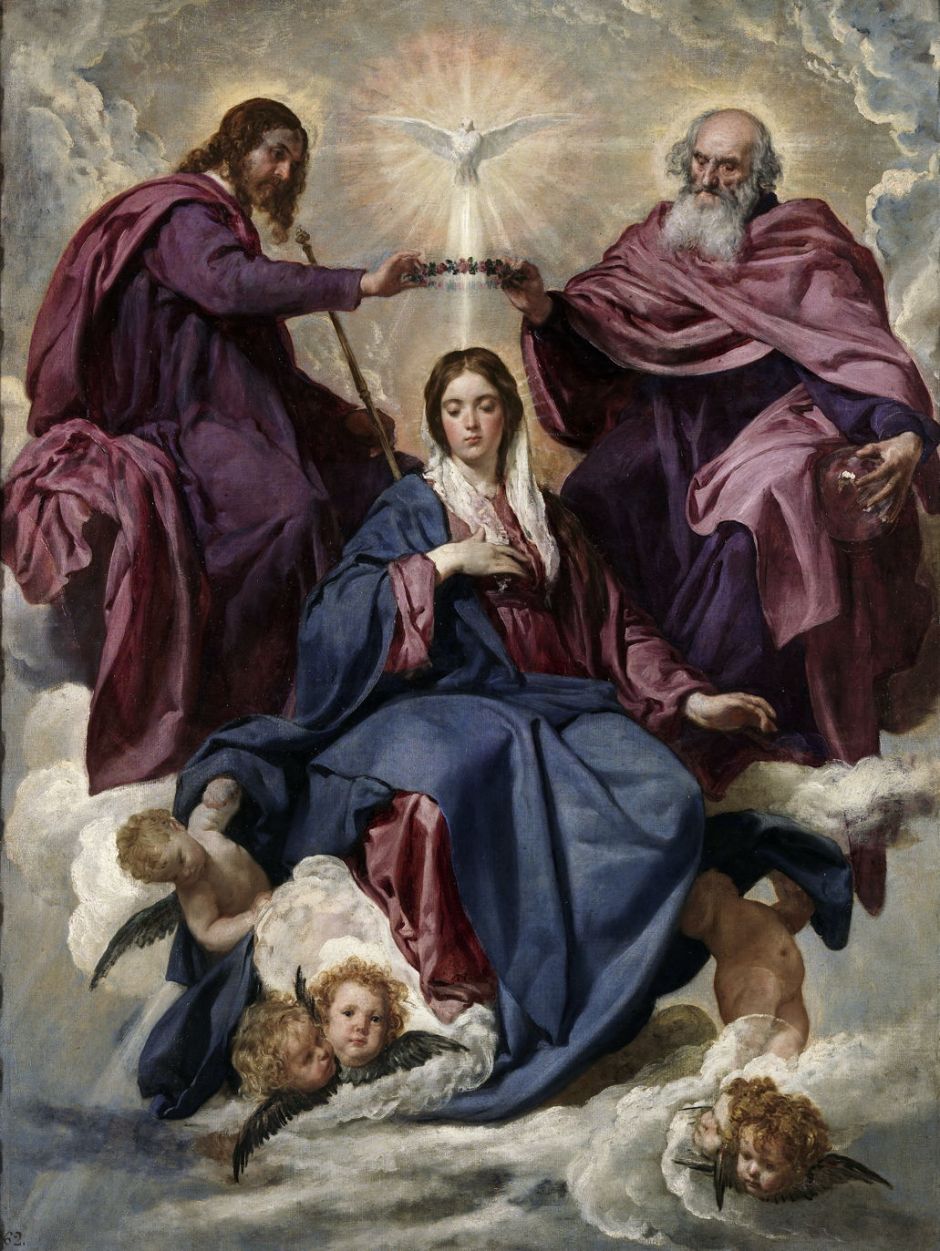Aside from his exceptional corpus of paintings, Raphael’s legacy to art can be summarised in three general advances:
- the assimilation of other styles, as Raphael learned from contemporary advances by Leonardo da Vinci and Michelangelo;
- a realism that made figures so lifelike that they are perceived as ‘almost breathing’;
- a large workshop, including assistants who could have worked as masters in their own right.
This weekend, prior to my closing article to commemorate the five hundredth anniversary of his death on Monday, I look briefly at this legacy. Today I consider where you can see his influence in what you might consider to be pro-Raphaelite paintings, and tomorrow those who baulked at the change that Raphael brought, and wanted to return to what they argued was a ‘purer’ art, the Pre-Raphaelites.

One of Raphael’s best assistants was Giulio Romano, who, on his master’s death, was largely responsible for completing the workshop’s outstanding commitments for paintings, including frescoes in the Vatican. At the end of 1524, Romano joined Federico Gonzaga’s court in Mantua, where he painted frescoes in the Palazzo del Tè, including this Tribute to Apollo from 1526-28.

Romano assembled his own workshop in Mantua, where in about 1535 they painted The Birth of Bacchus, a wonderful and revealing depiction of contemporary midwifery practice. He remains better known, though, for his architectural accomplishments.
What remained of Raphael’s workshop after Romano’s departure was dispersed in the sack of Rome in 1527.

Veronese’s vast canvas of The Marriage Feast at Cana painted in 1562-3 shows influence of both Michelangelo and Raphael, particularly from the latter’s celebrated School of Athens, in the first of his stanze in the Vatican.


Although many of Peter Paul Rubens’ later works were increasingly painterly in their facture, early in his career when he made this delightful painting of Romulus and Remus being discovered by Faustulus, in 1615-16, they were considerably tighter, more detailed and Raphaelite.
Rubens’ success was due in large part to the large workshop which he maintained in Antwerp, which was able to take one of his oil sketches and transform it into a finished painting, often in the absence of the master himself on diplomatic duties.

Raphael transformed paintings of the Virgin and Child, and the Holy Family, as reflected in this Virgin and Child with a Rosary by Murillo from about 1650-55. Although its background is dark, the figures are lifelike, natural, and fabric textures are rendered meticulously.

Murillo’s magnificant portrait of Saint Isidore of Seville which he painted for the cathedral in Seville in 1655 is reminiscent of Raphael’s portrait of Pope Julius II. Coincidentally, Isidore is now officially the patron saint of the internet, computer users, technicians, and programmers.

Jan Vermeer’s Girl Reading a Letter at an Open Window from about 1658 interposes a railed curtain to give an air of intimacy, a trompe l’oeil device used in Raphael’s Sistine Madonna (1512-13).

The quest for the vivid depiction of reality took Vermeer even further. Not only did he go to great lengths in his surface textures, but as shown in The Milkmaid from about 1660, he adjusted the sharpness of objects in his images.

But the ultimate expression of lifelike images that look as if they’re ‘almost breathing’ came in Naturalism, during the late nineteenth century. When you see Léon Lhermitte’s huge canvas of The Harvesters’ Pay (1882) in the Musée d’Orsay, you can almost reach out and touch his exhausted farm labourers.
Some artists, though, felt that Raphael and his legacy had damaged art. The most articulate argument was put by the small Pre-Raphaelite Brotherhood, whose paintings I will look at tomorrow.

